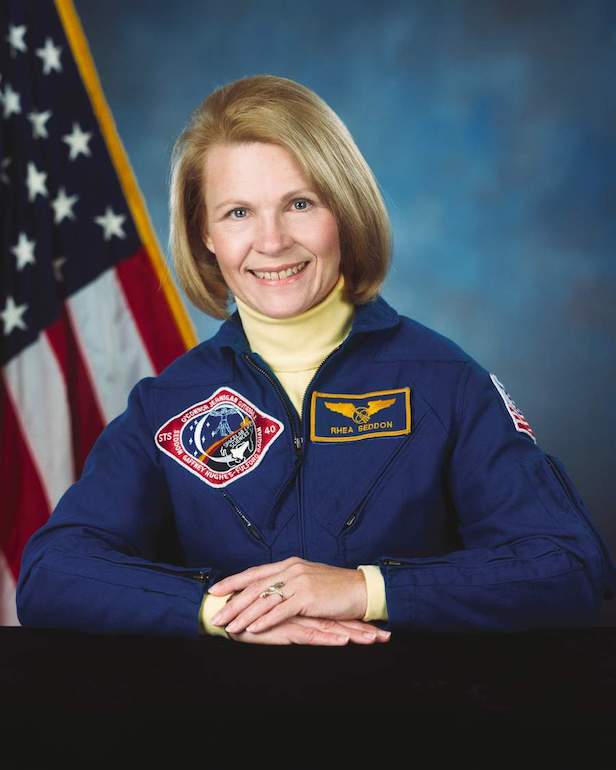Heroes of Space: Margaret Rhea Seddon
She became the first female surgeon to go into space

Margaret Rhea Seddon logged 722 in space over the course of three flights. Image credit: NASA
On her very first day away from Earth on 12 April 1985, astronaut Margaret Rhea Seddon said she felt like Superwoman. This, she explained, was because she was able to float around the Space Shuttle Discovery rather than walk everywhere. But as a member of the first group of six women to be selected as astronaut candidates, she had just cause to feel like a superhero for a very different reason.
Born on 8 November 1947 in Murfreesboro, Tennessee, Seddon described herself growing up as a “tomboy who could crochet”. She went on to study physiology at the University of California, Berkeley, and she earned a doctorate of medicine from the University of Tennessee in 1973. Seddon spent time as an Emergency Department physician and she completed a surgical internship as well as three years of a general surgery residency in Memphis. But her life changed forever back in 1978.
Despite reservations in some quarters that women could be integrated into the astronaut corps, Seddon’s selection by NASA broke down a barrier that had arguably been in place for 20 years. It had been notable that a group of women referred to as the Mercury 13 had never flown in space despite training to become astronauts in the early 1960s as part of an unofficial NASA program. Seddon and the other five women in the group were therefore making history: she entered the astronaut program in August 1979.
Her work initially included operating as a rescue helicopter physician during the Space Shuttle launches and landings and she was a support crew member for STS6, the mission which saw the maiden flight of the Space Shuttle Challenger in 1983. She was also a member of NASA’s Aerospace Medical Advisory Committee and she became familiar with aviation, communication and processing collected space material.
For Seddon’s first mission, STS- 51D, employed her as a mission specialist to conduct medical and scientific experiments that included studying the behaviour of simple toys in a microgravity environment and the first ultrasound of a human heart conducted in space. She also had to navigate a robot arm towards a satellite in order to activate its starter lever, something she was not prepared for but completed without a hitch. Successfully returning to Earth on 19 April 1985, Seddon logged 168 hours in space and orbited our planet a total of 109 times.
Her second mission was STS40 between 5 and 14 June 1991 and it was the first Spacelab Life Sciences Mission. The idea was to discover the effects of near-zero gravity on the human body and to assess how quickly astronauts could recover. Seddon’s medical skills and her role as a mission specialist were vital for such experiments and she logged 218 further hours in space. It paved the way for a hugely successful follow-up.
STS58 involved the second Spacelab Life Sciences Mission, which flew between 18 October and 1 November 1993. Seddon was the payload commander and she was in charge of all science activities. For 14 days, the crew carried out metabolic, musculoskeletal, cardiopulmonary, cardiovascular and neurovestibular experiments both on themselves and on 48 rats. NASA has recognised it as the most efficient and successful Spacelab mission ever flown and it added 336 hours to Seddon’s tally.
It was, however, her final flight. She retired from NASA in November 1997 and she became the assistant chief medical officer of the Vanderbilt Medical Group in Nashville. She was also inducted into the Hall of Fame in 2015, the year her memoir, Go for Orbit, was published. Today she is involved with LifeWings Partners which seeks to use the experience of aviators and former astronauts to improve patient safety.
Keep up to date with the latest news in All About Space – available every month for just £4.99. Alternatively you can subscribe here for a fraction of the price!




